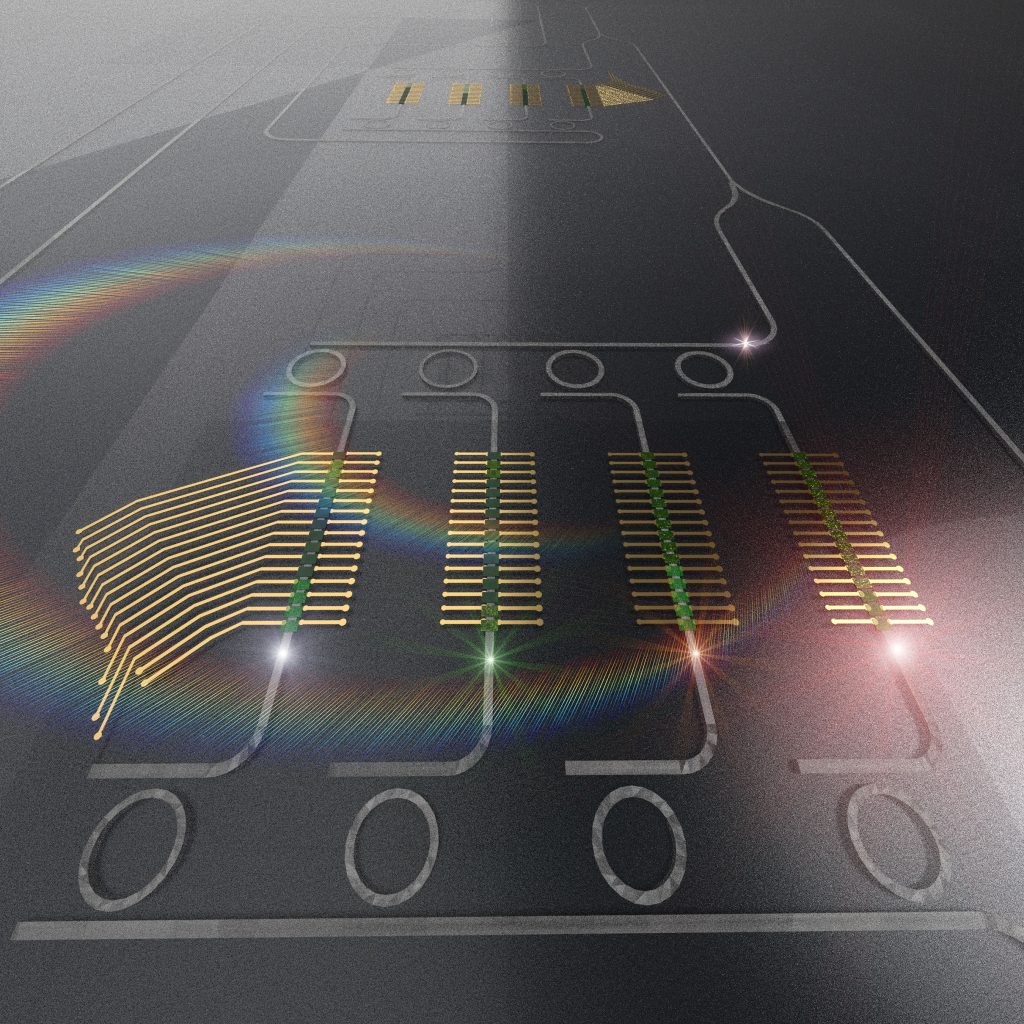
Nearly a century after Italian physicist Ettore Majorana laid the groundwork for the discovery that electrons could be divided into halves, researchers predict that split photons may also exist, according to a study from Dartmouth and SUNY Polytechnic Institute researchers.
The finding that the building blocks of light can exist in a previously-unimaginable split form advances the fundamental understanding of light and how it behaves.
The theoretical discovery of the split photon — known as a “Majorana boson” — was published in Physical Review Letters.
“This is a major paradigm change of how we understand light in a way that was not believed to be possib...
Read More







Recent Comments